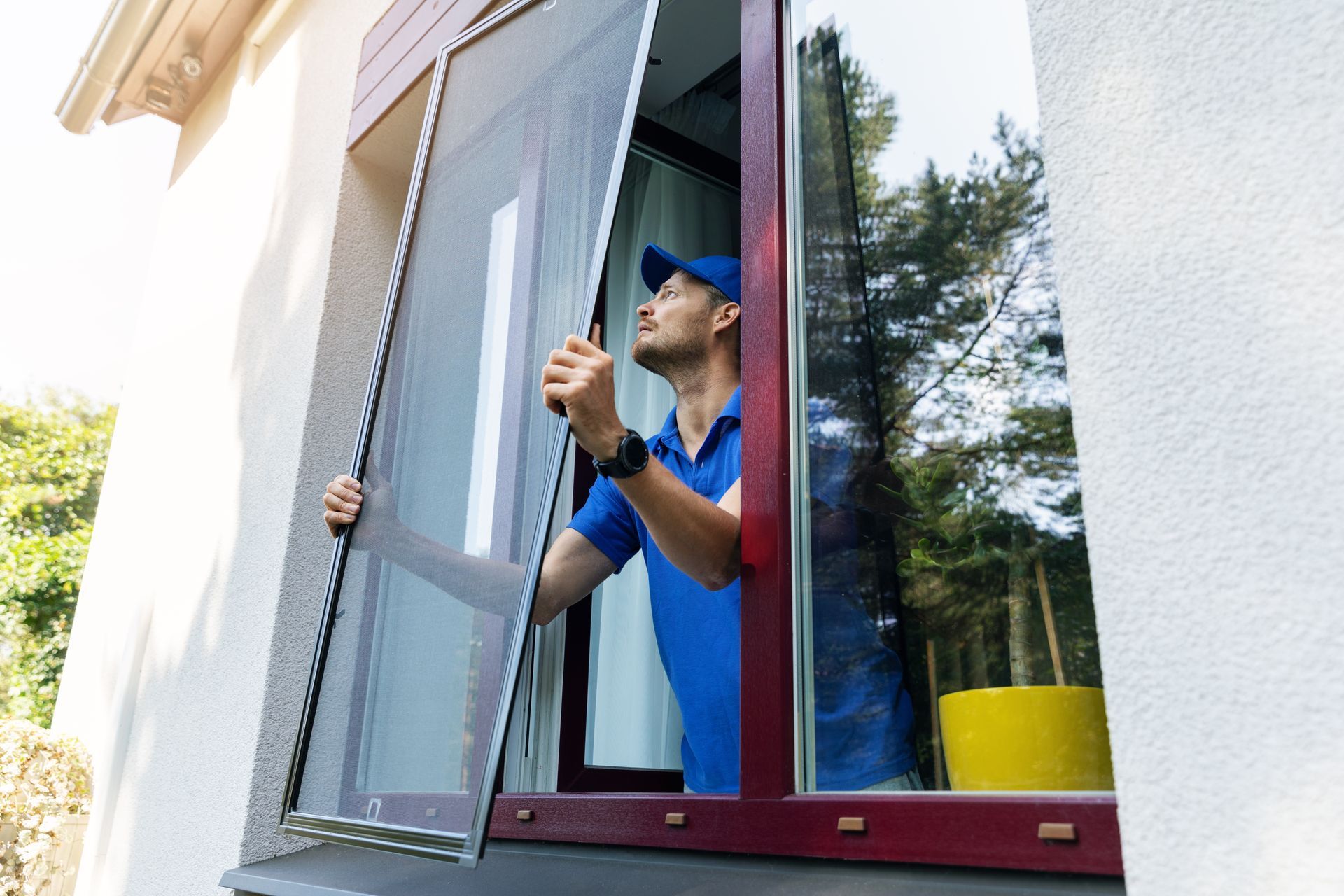
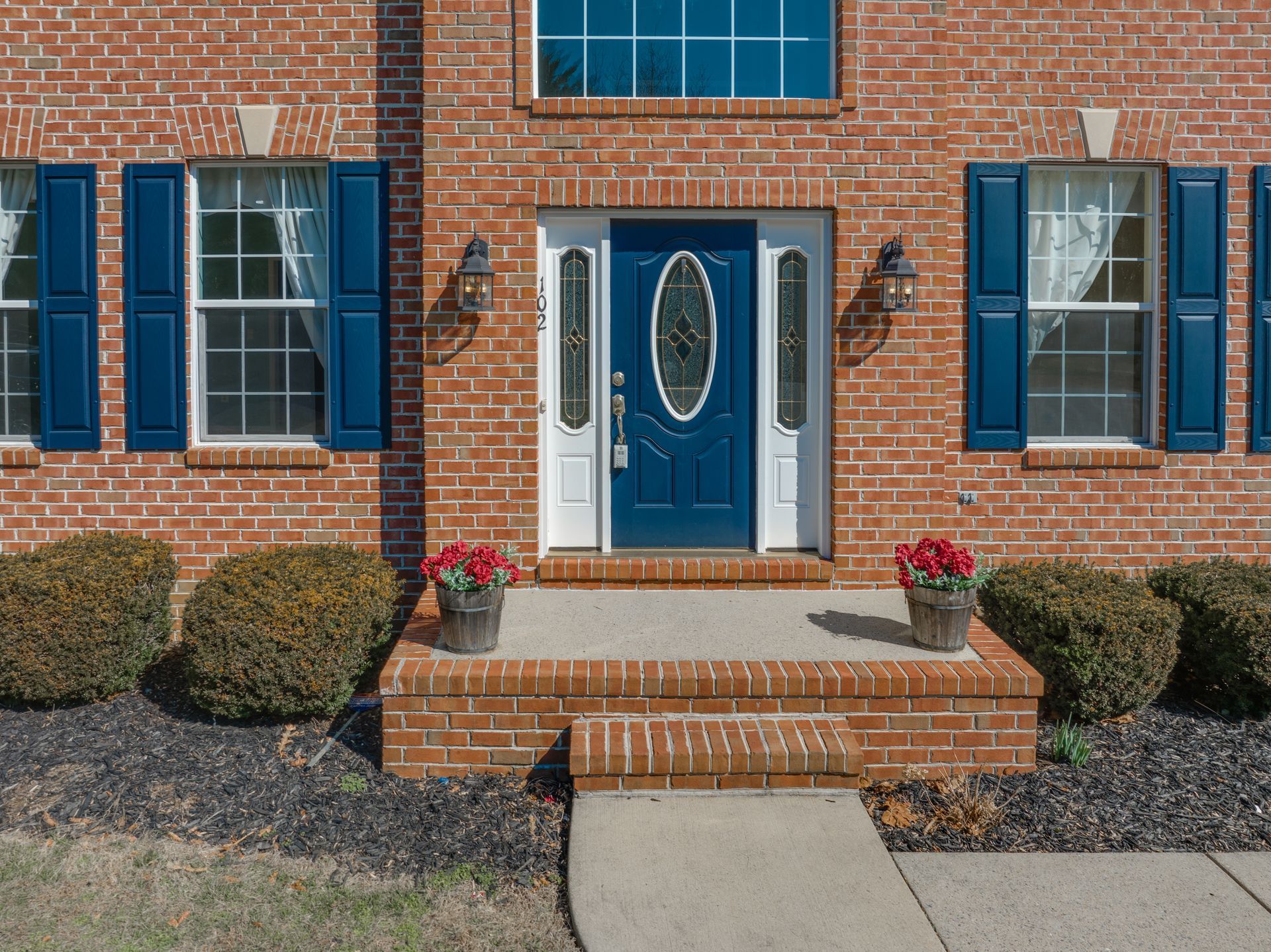


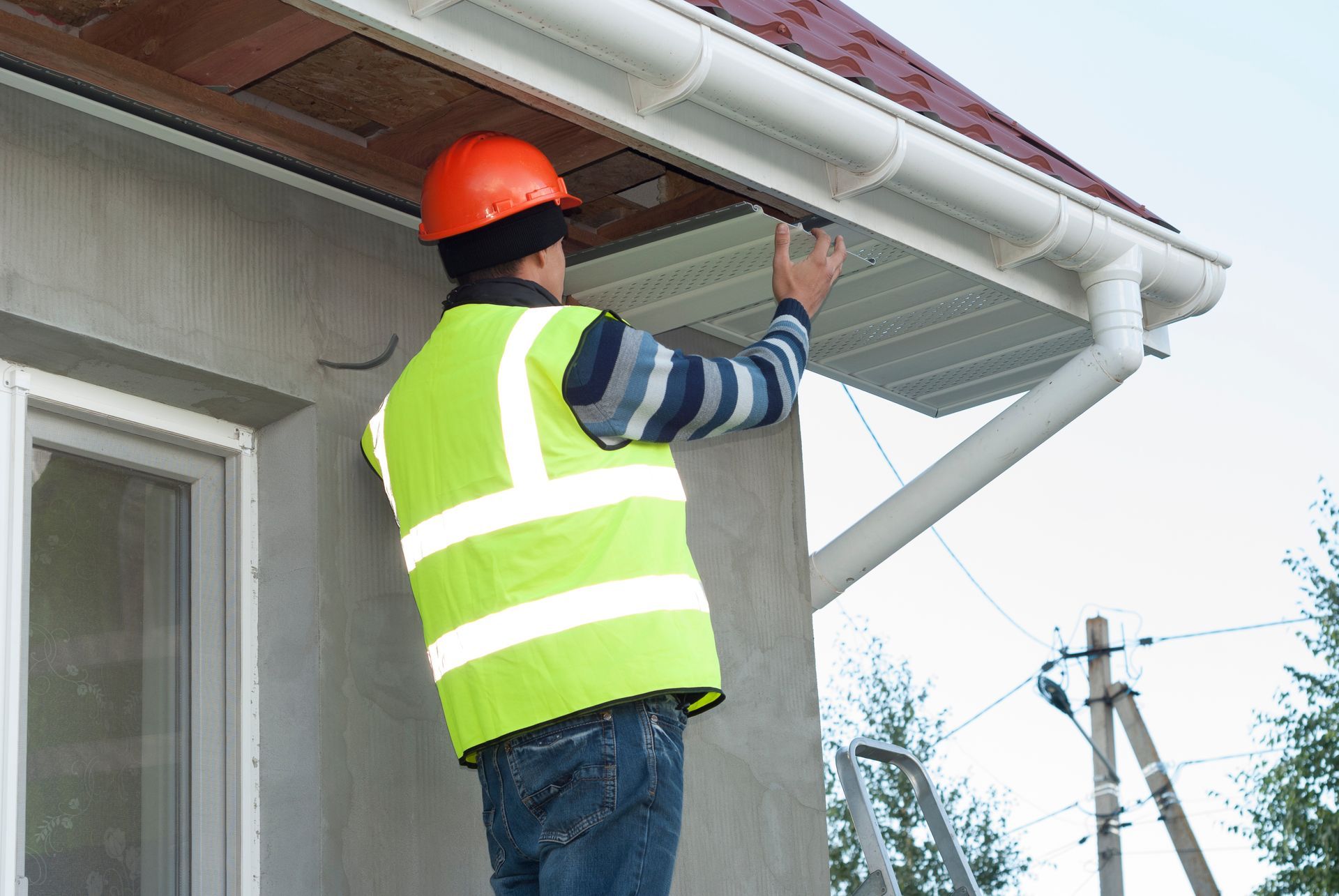
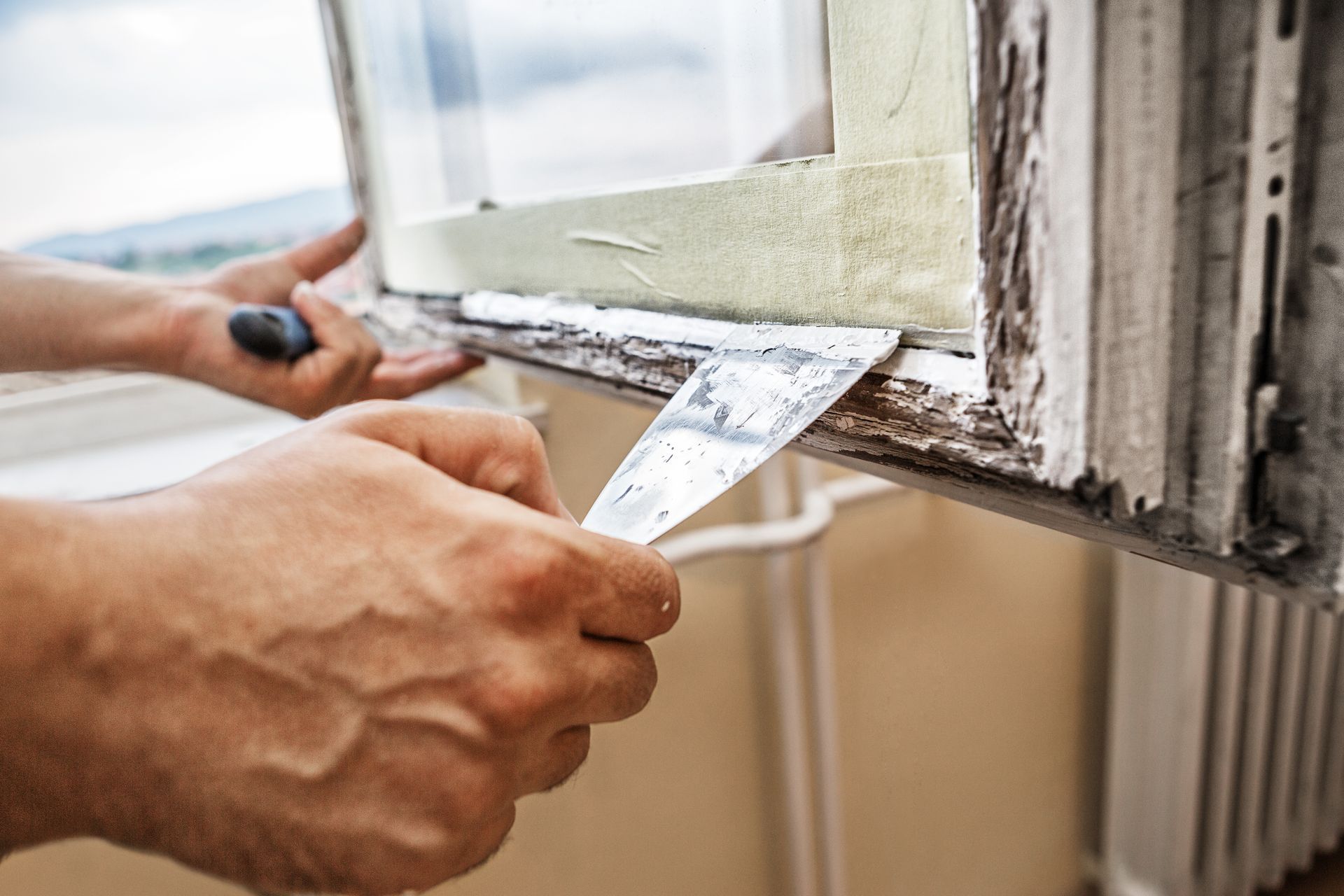
When you have broken or damaged windows, the inevitable question is whether you should replace or repair them. Window repair and window replacement are two methods of restoring your home’s outlook, but they have very different results in the short and long term.
If you’re torn between window replacement and window repair, here is what you need to know to an informed window decision.
The upfront cost is the biggest benefit of opting for window repair instead of replacement. Window repairs are cheaper in the short term, especially when only one or two windows are damaged. Ultimately, repairs can work for quick fixes like replacing a pivot bar or shoe on a window that won’t stay open or installing a new window screen.
While the price point may look nice at first glance, window repair has many long-term drawbacks that you should consider before rejecting window replacement entirely.
Repairing your window may be cheaper in terms of initial cost. But the overall value of the investment is meager compared to replacement windows. Particularly if you have older windows, single-pane windows, or windows that have been repaired previously, a few repairs likely won’t cut it for long.
Even if repairing a window solves the problem temporarily, take it as a warning sign that the rest of your windows may soon follow suit. Eventually, your windows will break down to the extent that replacement may be your only option.
An older window or one that has been repaired before will not offer the same protection and energy efficiency as it once did. This means that you’ll end up with higher energy bills as your A/C or heater works overtime, and your home is at greater risk of break-in due to weak window security.
While actively damaged windows will certainly lower your home’s resale value, previously damaged windows that have been repaired will at best be net neutral for your home. Repairing your windows is only an investment in your property value if it fixes an issue that would need to be repaired before selling regardless, but it won’t increase your home’s value.
Now that you know where we stand on window repair (facts are facts; we’re just sharing them!), let’s discuss why window replacement is such a better investment!
Beautiful, energy-efficient vinyl replacement windows are a valuable investment in your home’s value and curb appeal. According to JLC’s Remodeling report for 2023, vinyl replacement windows had a return on investment (ROI) of 68.5% nationally. In Arkansas, that ROI was even higher at 71.5%, increasing the resale value of a home by as much as $14,000.
The recouped cost for window replacement is great, but it’s not the only way you can save money by opting for replacement! The energy efficiency that comes with your new windows means a noticeable drop in your utility bills as they will provide better insulation and UV protection than your old, drafty windows.
When you combine these savings over time with the return on your window replacement investment, the cost difference between repair and replacement suddenly becomes less extreme.
Brand new windows are much less likely to be ineffective or break in the future compared to your older windows. If your replacement windows do have issues, they’re more likely to be covered under warranty than the dated windows that previous owners of your home have been repairing for decades!
This likely goes without saying, but the only real drawback of window replacement compared to repair is that the up-front cost is greater. That said, we don’t want cost to be a determining factor for homeowners in need of new windows! Our convenient financing options at Hanke Brothers make high-quality replacement windows attainable to every homeowner, so you can get the windows you need now rather than opting for a temporary, band-aid solution until funds allow for replacement.
If you’re still deciding whether window replacement or repair is the right option for your situation, here are a few signs that repair simply won’t cut it.
Has the window in question been repaired previously? Especially if the repairs were for the same issue, or if a repair attempt didn’t fix it, then it’s inevitably time for window replacement.
While single-pane windows can have glass panes replaced instead of replacing the whole window, the modern and higher quality glass of most windows today is designed with multiple layers of glass panes. In between these panes is usually an argon or Krypton gas that acts as further insulation and fortification for your windows, so if the glass is broken then the gas has likely leaked out. This means the entire window will need to be replaced.
Another sign that the energy-efficient gas has leaked is fogging or condensation in between the panes.
If your windows show signs of water damage (leaks, bubbling paint, rotting frames), they will need to be replaced. The same is true of noticeable air leaks. You may not be able to see air leaks with the naked eye, but an uptick in your energy bills is a common warning sign of leakage.
Mullions are the crisscrossing pieces of wood, aluminum, or vinyl on your windows that imitate the older window style of multiple small glass sections divided by wood slats. These decorative pieces are positioned in between the layers of glass on multi-pane glass. If they break, they cannot be fixed without opening up the panes and letting all the energy-efficient gas out. To fix broken mullions, you’ll likely need to get new windows.
At Hanke Brothers, we want our customers to have only the best. That means the best windows, the best financing, and the best window shopping and installation experiences! If you’re ready to take the first step toward refreshing your windows, contact us to schedule your free estimate.
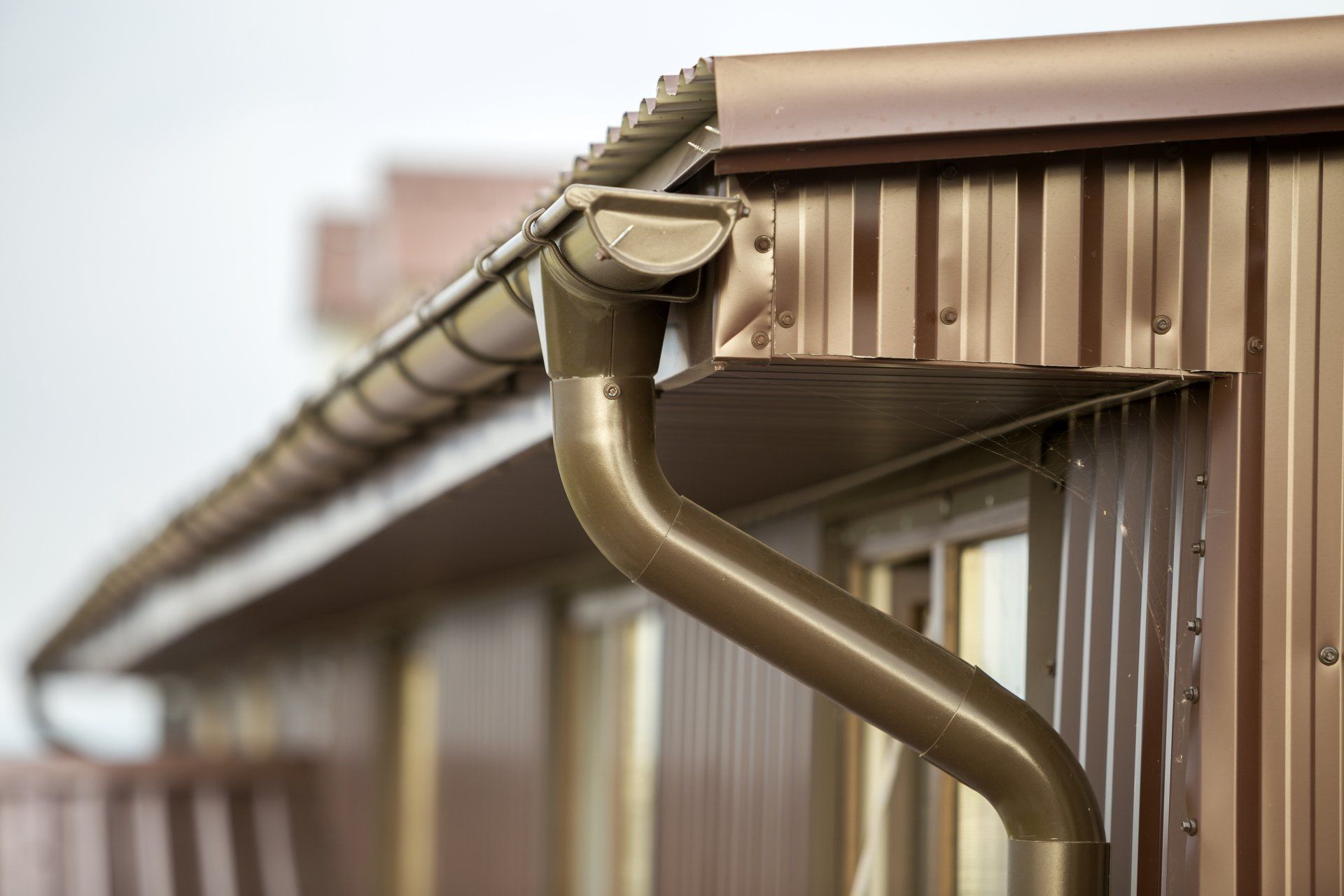

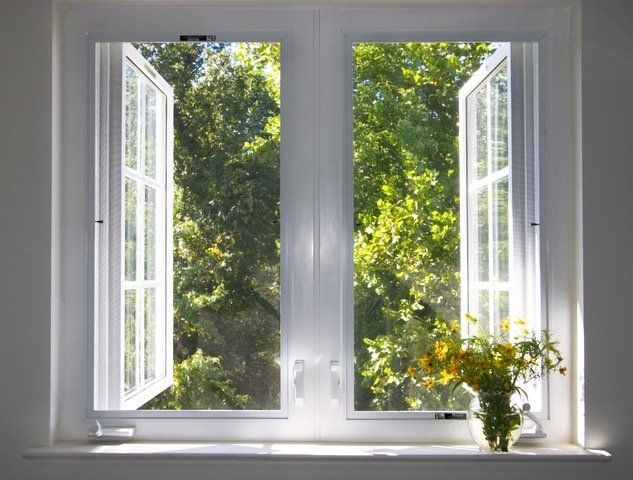




All Rights Reserved | Hanke Brothers | Web Design by Flypaper | Privacy Policy